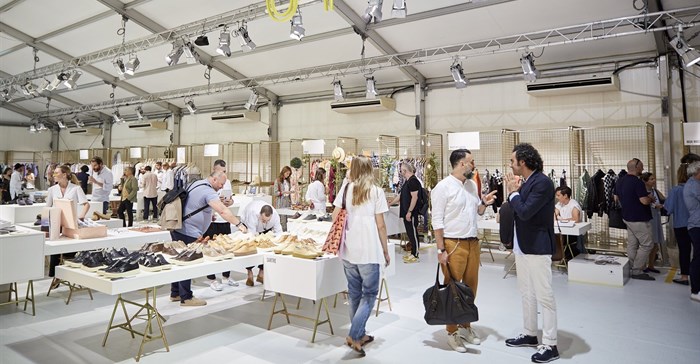
Top stories



The most famous men here may be naked – from Michelangelo's David to the sea-god Neptune – but every year the Tuscan city becomes the capital of men's fashion, putting on four heady days of ready-to-wear shows.
The event, which kicks off Tuesday, is a must for buyers, journalists and fashionistas – drawing some 36,000 last year – who gather to gawp, gossip and go mad over the latest trends at the city's imposing Fortezza da Basso fortress.
Some 1,200 brands are expected to present their autumn-winter collections at the 93rd edition under headliner Karl Lagerfeld, with old hands like Paul&Shark alongside newcomers such as M1992 by Italian DJ Dorian Stefano Tarantini.
It was Tuscan businessman Giovanni Battista Giorgini who organised the first Italian fashion show, hosting a gathering with US and Canadian buyers, journalists and distributors at his home in 1951 -- largely in a challenge to French fashion.
Then relatively unknown labels such as Simonetta, Pucci, Fontana and Cuppucci went down a storm and Giorgini replicated the shows the following year in a grand hotel, before they became a fixed feature at the majestic Pitti Palace.
It was under the Pitti's glass chandeliers that the biggest houses – Gucci, Schiaparelli, Ferragamo – showed off their creations until the 1980s, making "Made in Italy" a byword for the highest quality and most sought-after fashion.

"Florence's relationship with fashion is rooted in its economic, political and cultural history, dominated by powerful craft guilds," says Angelo Cavicchi, president of the Pitti Discovery Foundation and the Florence Center for Italian Fashion.
From the 12th to the 17th century, the city boasted 21 such bodies protecting the interests of the rich and influential in the art and crafts world, the most powerful of which were known as the Arti Maggiori.
The elite Arte di Calimala, the guild of cloth finishers and foreign cloth merchants, was among them. It imported raw fabrics before transforming them into refined materials and exporting them in a trade that drove the city's economy.
The Calimala competed with other guilds – like the wool or silk merchants – over who could finance the greatest architectural and artistic works in the city, from the bronze doors of the Baptistery to the Cathedral's famed dome.
"It was comparable to the key support private companies, including many fashion houses, bring today to cultural projects," says Saverio Pacchioni, a member of the Associazione Partners Palazzo Strozzi, which persuades firms to promote the arts in Florence.
The modern-day city manages to defend its position as a fashion leader by preserving local craftmanship and working in partnership with its close neighbour Prato, the country's leader in supplying fabrics to the ready-to-wear industry.
Florence boasts historical gems such as the Antico Setificio Fiorentino, a silk factory founded in 1786 which still produces jacquard weaves and damasks by hand on looms that once belonged to the city's noblest families.
And the city's traditional skills are protected from the march of time thanks to fashion schools like Polimoda, which ranks among the top 10 such institutes in the world.
Source: AFP

For more than two decades, I-Net Bridge has been one of South Africa’s preferred electronic providers of innovative solutions, data of the highest calibre, reliable platforms and excellent supporting systems. Our products include workstations, web applications and data feeds packaged with in-depth news and powerful analytical tools empowering clients to make meaningful decisions.
We pride ourselves on our wide variety of in-house skills, encompassing multiple platforms and applications. These skills enable us to not only function as a first class facility, but also design, implement and support all our client needs at a level that confirms I-Net Bridge a leader in its field.
Go to: http://www.inet.co.za